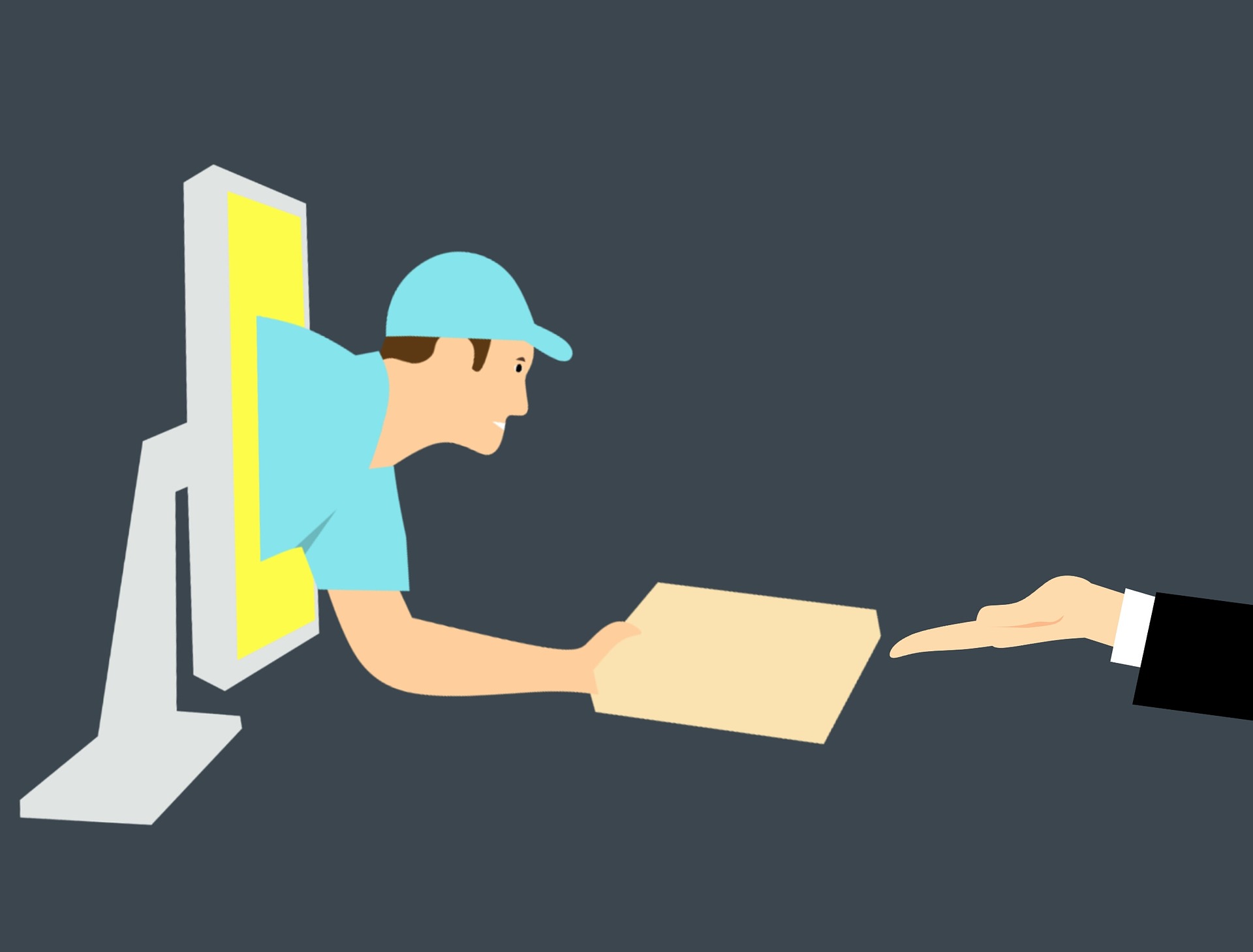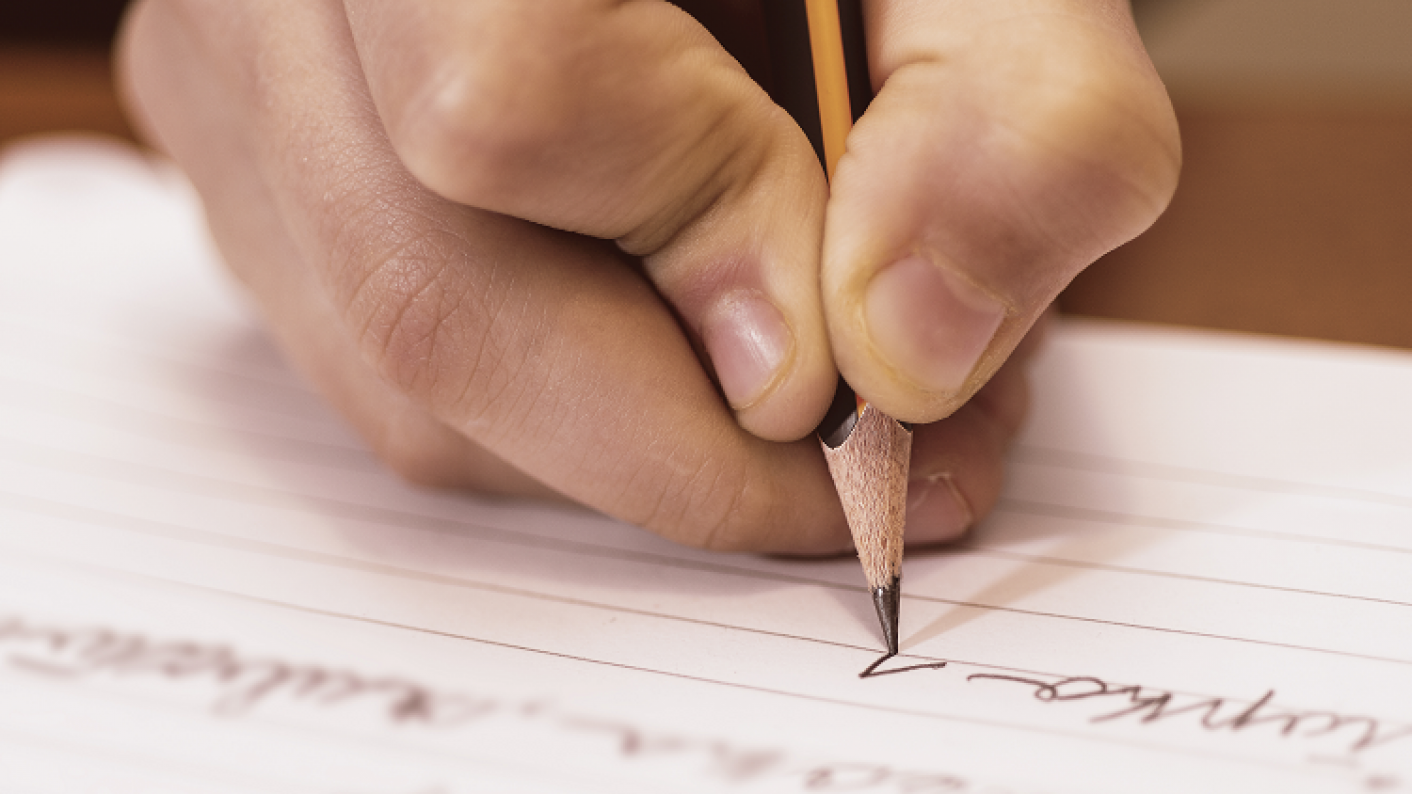Light and moderate workouts offer a powerful wellness boost without reaching for medication.
-
Lightintensity activity can significantly reduce anxiety symptoms in children and teens.
-
A combination of moderate resistance and aerobic exercise was found to be effective at easing depression.
-
Exercise offers an accessible, nonmedical way to support young peoples mental health.
Mental health challenges among children and teens especially anxiety and depression are becoming more common.
While clinical treatments are important, researchers at the University of South Australia (UniSA) wanted to know if something as simple as regular, gentle exercise could offer tangible mental health benefits.
Depression and anxiety are among the most prevalent mental health issues affecting children and teenagers worldwide, researcher Dr. Ben Singh said. Evidence-based treatment guidelines often recommend cognitive behavior therapy and antidepressants as first-line interventions, yet 40-60% of children dont receive treatment or fail to gain sufficient benefits, so we clearly need alternatives.
Exercise is a low-cost, widely accessible strategy that could make a real difference to childrens mental health. And while people know that exercise is generally good for your health and wellbeing, there is little evidence that shows how exercise works for kids, nor the types of exercise that might work better than others.
The study
The researchers conducted a wideranging review of international studies on children and adolescents, analyzing what types of exercise seemed most beneficial for mental health.
They looked at both light-intensity activity (such as walking or gentle play) and moderate-intensity training combining aerobic moves (like jogging or cycling) with resistance work (such as circuit training with light weights or bodyweight exercises).
By comparing outcomes across multiple trials and demographics, the researchers could identify patterns in what helps most and for whom.They focused on evidence relating specifically to anxiety and depression symptoms
The results
The researchers findings were clear:
-
Lightintensity exercise consistently appeared to ease anxiety in both children and teenagers. It doesnt take vigorous workouts just regular movement to gently lift the mood.
-
For symptoms of depression, a slightly higher intensity delivered better results. Study participants engaging in a blend of moderate aerobic and resistance training (like circuit classes combining cardio and weights) showed measurable improvements in depressive symptoms.
-
Importantly, exercise worked as a nonmedical way to deliver mental health relief meaning it could be used without immediately turning to medication.
Our study draws together global evidence to show that gentle, light-intensity exercise is highly effective in reducing anxiety in children and teens, while medium-intensity programs that combine resistance and aerobic training like circuits with weights can counteract depression, Dr. Singh said in the news release.
Importantly, it demonstrates how exercise is an effective, accessible, lifestyle intervention that can immediately improve mental health issues in children, without first defaulting to medicines.
Why it matters
This research offers hopeful news for parents, educators, and young people themselves: promoting regular movement doesnt just help physical wellbeing it can also reduce anxiety and lift mood.
Exercise should be a core part of mental health care for children and teens, whether at school, in the community, or clinical settings, researcher Professor Carol Maher said in the news release. Short, structured programs that include strength training or a mix of activities seem especially promising, but simply exercising, even for short amounts of time, will deliver benefits.
And for parents, rest assured you certainly dont need to fork out money for a gym membership or training program; play-based activities, games, and sport are all valuable forms of movement that can support mental wellbeing.
Posted: 2025-07-31 19:15:53




















